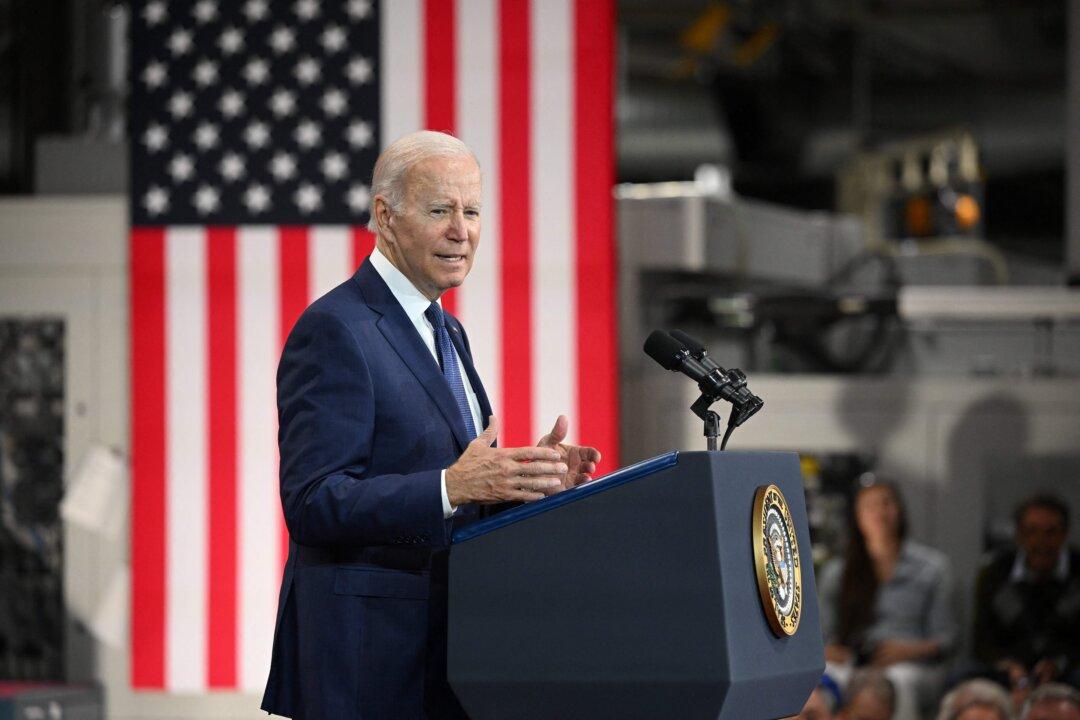Commentary
The failure of a red tidal wave to sweep the midterms is concerning, because it means that the nation is in for at least two more years of reckless spending.

The failure of a red tidal wave to sweep the midterms is concerning, because it means that the nation is in for at least two more years of reckless spending.